Scurvy: The disease of discovery
Princeton University Press (Footprint), $66 hb, 328 pp, 9780691147826
Scurvy: The disease of discovery by Jonathan Lamb
I have been dazzled and baffled by this book. The variety of learning, showing itself especially in a range of beautiful and apposite quotations, is wonderful. The depiction of scurvy as subjective experience is brilliant and deeply sympathetic. However, parts of the historical argument are very hard to follow, and altogether they suggest that the imagination at play in these pages is more thoroughly literary than historical. This review is written by an historian.
Scurvy is a disease which attacks both the body and the mind, and it can be fatal. It is the result of Vitamin C deficiency, experienced over months, say on long voyages by land or sea. Jonathan Lamb is a scholar in English literature, working from Vanderbilt University, in Nashville, Tennessee; he has previously taught at Auckland and Princeton. In this book he is particularly concerned with the heightened imaginative sensibility brought on by scurvy, in its various stages, and he draws multifaceted connections between scurvy and creative writing.
The approach overall is exploratory and speculative, and the effect is often wonderfully suggestive. However, the book is overburdened with unproven and sometimes unlikely possibilities. Lamb’s use of scurvy to explain curiosities of literary style and insight is surely overdone. If an explorer is apparently obsessed with purposeless collecting, as François Péron was with seashells, it does not prove he had scurvy, and if he offers a minute account of an unremarkable phenomenon, as Nicolas Baudin did in describing an incident with an Australian snake, this can easily be explained by the scientific and scholarly habit of noting detail, even of uncertain significance. When an artist paints over a picture of icebergs with a picture of woodland, as William Hodges did on James Cook’s second voyage, surely the coincidence is too trivial to be proposed as an example of scorbutic nostalgia. The use of double negatives was common to eighteenth- and early nineteenth-century rhetoric. It does not prove scorbutic confusion. Nor does a description of the ocean as green instead of blue.
Continue reading for only $10 per month. Subscribe and gain full access to Australian Book Review. Already a subscriber? Sign in. If you need assistance, feel free to contact us.


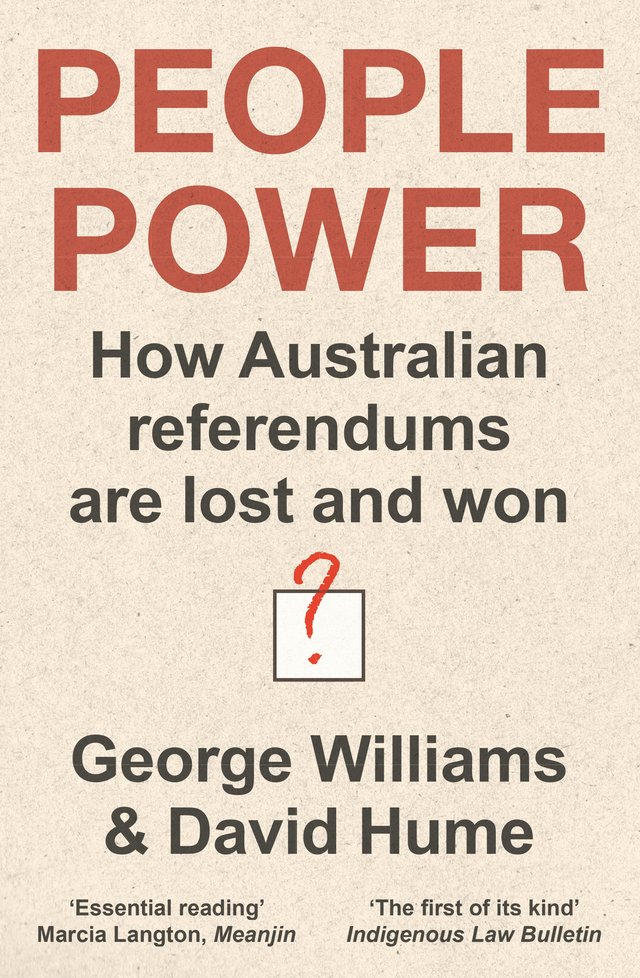
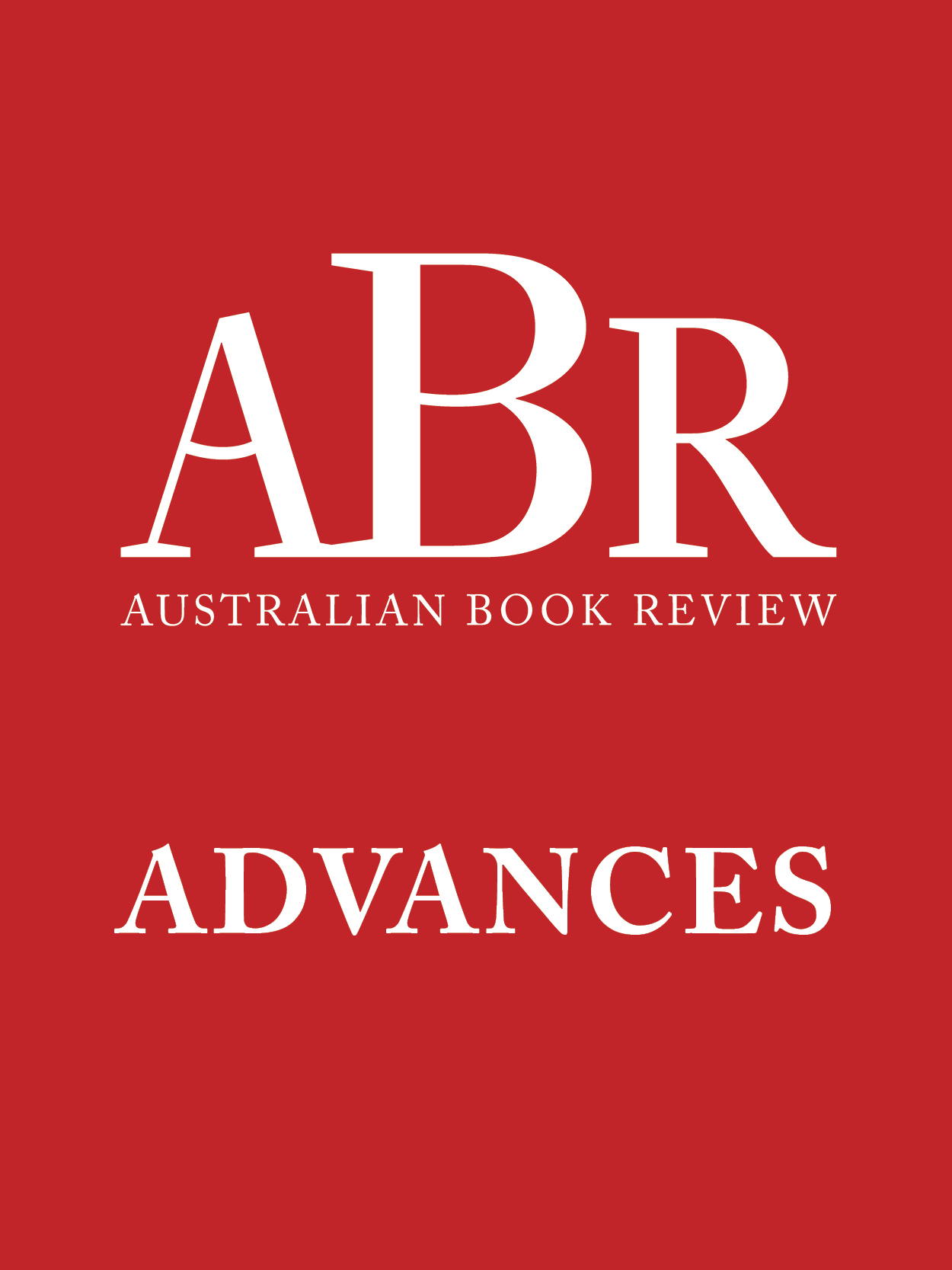
.png)
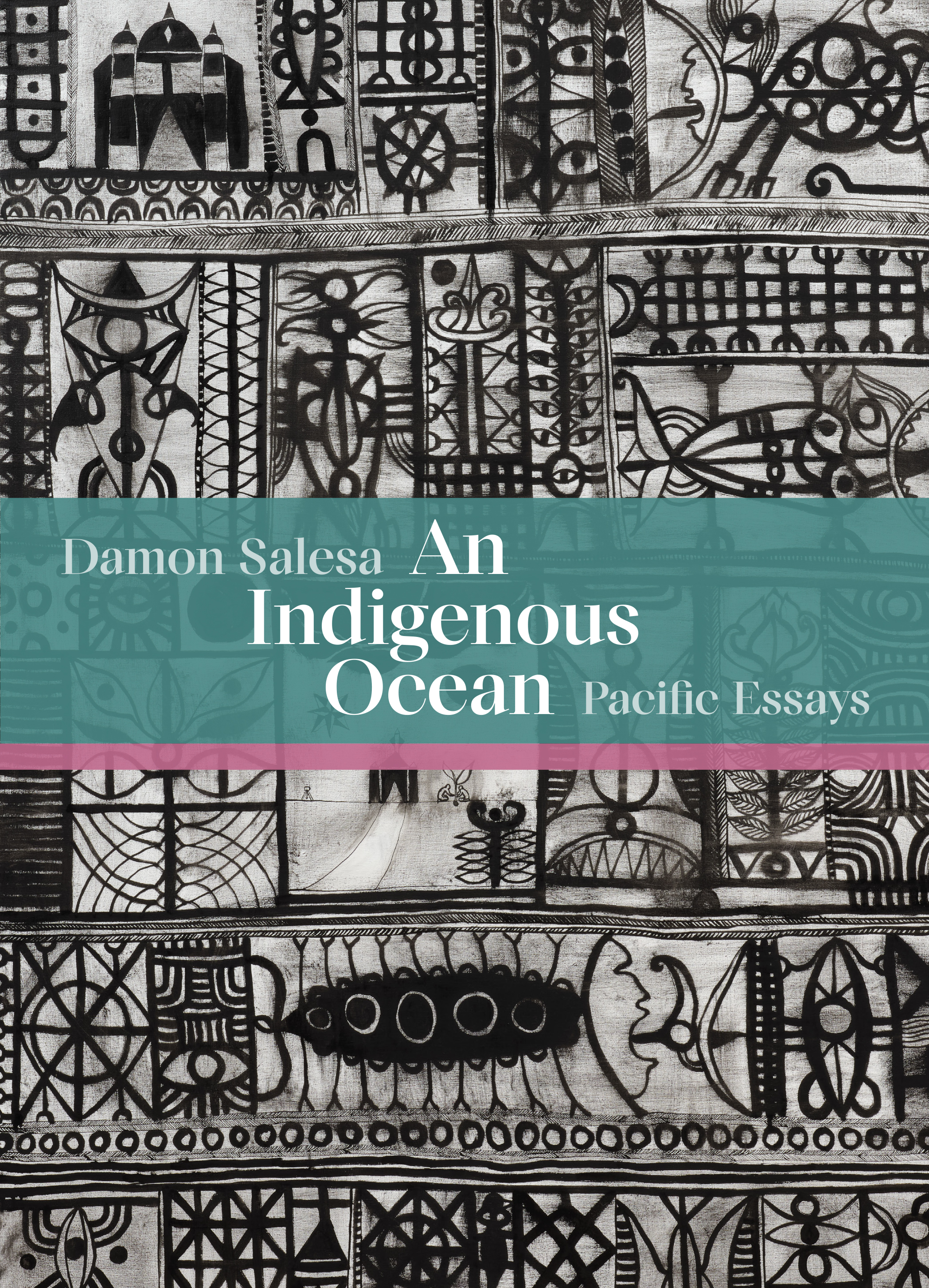
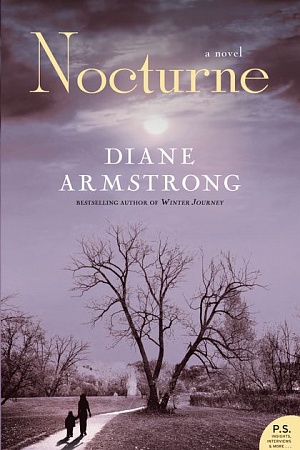

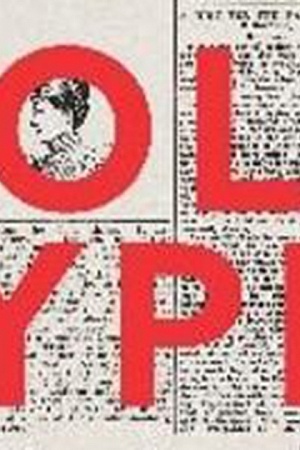
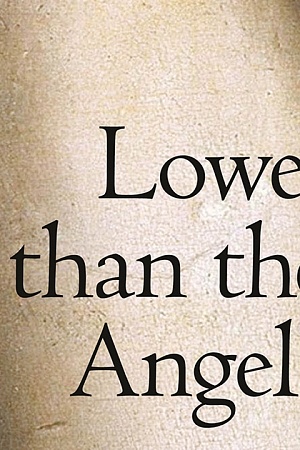
Leave a comment
If you are an ABR subscriber, you will need to sign in to post a comment.
If you have forgotten your sign in details, or if you receive an error message when trying to submit your comment, please email your comment (and the name of the article to which it relates) to ABR Comments. We will review your comment and, subject to approval, we will post it under your name.
Please note that all comments must be approved by ABR and comply with our Terms & Conditions.